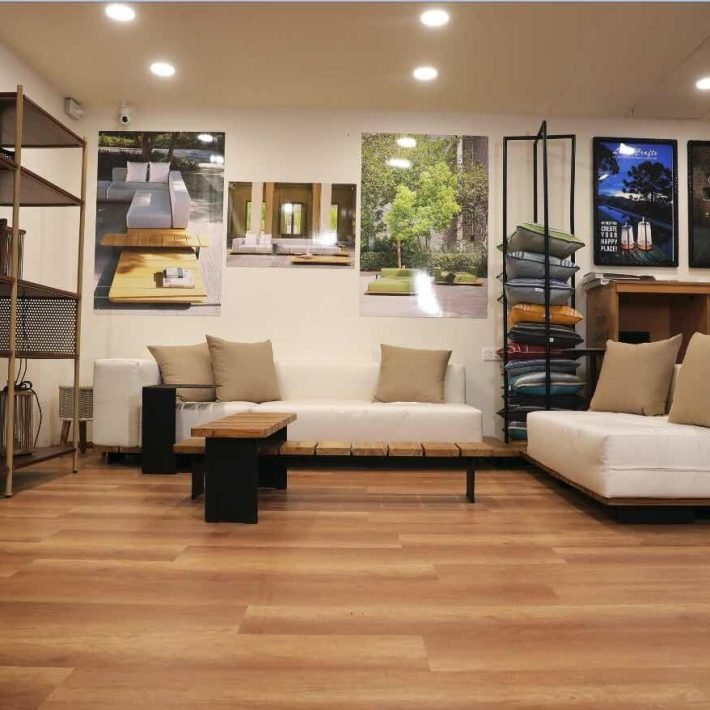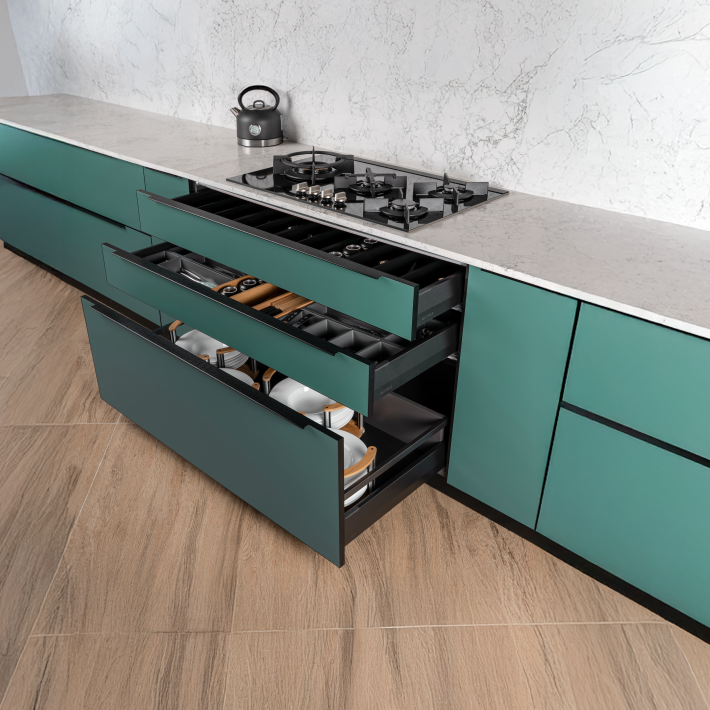For over 40 years, the Traditional Handicrafts Centre (THC) has been a beacon of craftsmanship, preserving and showcasing the rich heritage of India through its exquisite wooden creations. Based in Jodhpur, Rajasthan, THC has built an unparalleled reputation, exporting its handcrafted treasures to over 50 countries. Founded by the grandfather of the current custodians, the company began as a venture, driven by a passion for traditional artistry. Over the years, with the addition of the next generation, THC expanded its reach, establishing 32 sourcing points across India to procure unique, one-of-a-kind artefacts.
Among their most distinguished collections is the Naga collection—relics of deep cultural significance that embody the legacy of Nagaland’s intricate woodwork traditions. These pieces, once integral to daily life and communal identity, included elaborately carved chairs, side tables, and decorative elements that narrated myths and histories through sculpted motifs. Long before the modern world spoke of logos and branding, the Naga tribes carved their stories, marking their territories with symbols of fruitfulness and strength. Today, these carvings have transcended their original function, becoming treasured pieces of art that seamlessly blend history with contemporary living spaces.

One such example is a meticulously sculpted wooden chair, its high back adorned with intricate patterns from the region. These chairs, once symbols of status and leadership, now bring a regal and rustic elegance to modern interiors. Alongside them, robust side tables carved from reclaimed wood stand as functional sculptures, their textured surfaces narrating tales of the past. Some are embellished with geometric carvings, while others feature raw, untouched edges that celebrate the natural beauty of the material. Decor pieces, too, form an essential part of the Naga collection.
THC takes immense pride in its commitment to sustainability and ethical sourcing. The Naga artefacts and wooden furniture in their collection are salvaged from old houses, government offices, and auctioned sites. By reclaiming these materials, THC not only preserves history but also ensures minimal environmental impact. Their dedication to sustainability extends beyond materials—modern technology, solar energy, and eco-conscious production methods make THC a leader in responsible craftsmanship.
Restoring a Naga artefact is an exercise in patience and reverence. THC’s philosophy is to retain the authenticity of each piece, making only necessary repairs using reclaimed teak wood. This ensures that while the structure remains intact, the furniture and decor do not lose their original character. Some require minimal intervention, while others undergo meticulous polishing and reinforcement. This eco-friendly restoration process aligns with THC’s broader mission of promoting sustainable artistry.

The motifs and patterns carved into these pieces are steeped in meaning. The hornbill, a recurring symbol in Naga art, represents power and status, while other designs reflect themes of nature, fertility, and protection. These elements, once used to define territorial identity, now serve as a bridge between the past and present, bringing Indigenous artistry into contemporary spaces. While honouring tradition, THC also embraces modern interior design trends. Their collection includes a new range of lightweight furniture crafted from reclaimed teak wood—blending durability with contemporary aesthetics. Clients can collaborate on bespoke furniture projects, with access to THC’s extensive stock of 1200 tons of reclaimed teak timber. The company’s ability to fuse historical charm with modern functionality makes it a preferred choice for collectors, designers, and homeowners looking for statement pieces.
The art of Naga wood carving is slowly fading, making it increasingly difficult to source authentic pieces. However, THC’s extensive network and deep-rooted connections enable it to curate an exquisite collection despite these challenges. By promoting these artefacts on a global scale, they are not just selling furniture—they are preserving a legacy.















